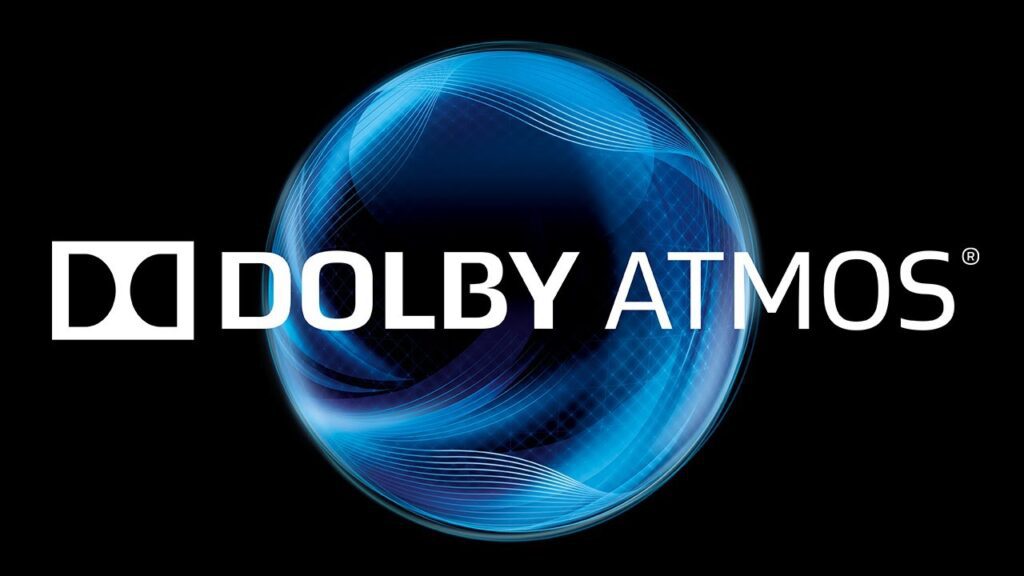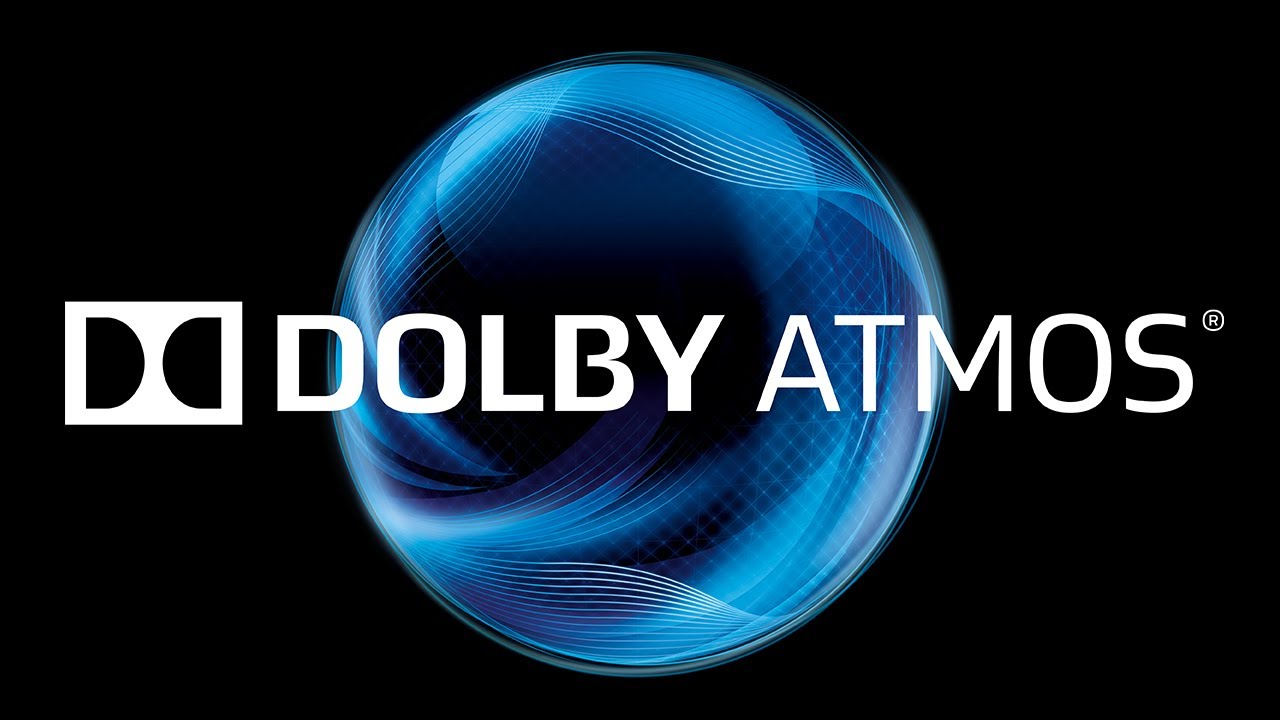Purchasing a premium Dolby Atmos soundbar for intense audio in your home theater, only to find it not outputting any sound is incredibly frustrating. When your new soundbar doesn’t work as expected, don’t panic. In most cases, Atmos soundbar issues can be fixed with some simple troubleshooting steps.

It’s common for soundbar connectivity problems to arise from loose wiring, incorrect audio settings, software bugs, or general configuration issues. Thankfully, with the right solutions, you can get your Dolby Atmos soundbar up and running smoothly again.
Read on to understand why it may not be working and try these tips to restore that surround sound experience.
Common Reasons a Dolby Atmos Soundbar Won’t Work
There are a few typical causes when a Dolby Atmos soundbar is connected but not producing sound:
- Incorrect or loose HDMI cable connections preventing signal.
- Wrong audio input selected on the soundbar.
- Incompatible audio codec from the source device.
- Audio output set to TV speakers instead of the soundbar.
- Outdated firmware version needing an update.
- Faulty power supply or circuit tripping the unit off.
- Soundbar set to the wrong listening mode or audio profile.
- Source device HDMI-ARC port not enabled properly.
Troubleshooting Steps for Fixing Soundbar Issues
If you’ve connected your Dolby Atmos soundbar but aren’t getting any audio, try these troubleshooting tips:
Check Wire Connections
Make sure HDMI and power cables are securely inserted into the soundbar ports without any looseness or damage. Snug connections are key.
Inspecting cable connections:
- Examine cable ends for any bent or missing pins
- Ensure cables are plugged into correct ports
- Remove and firmly reinsert all connectors
Select Proper Audio Input
Soundbars have multiple audio inputs. Make sure the correct one that the source is connected to, like HDMI ARC or Optical, is selected as the active input.
Choosing the proper input source:
- Reference soundbar manual to identify inputs
- Press the Input button on the remote
- Cycle through and select the correct input
Enable HDMI-ARC on TV
The TV must have HDMI-ARC enabled in its settings for audio signal transmission to the soundbar. DIGITAL AUDIO OUT must also be on.
Enabling HDMI-ARC on the TV:
- Access your TV’s audio settings
- Locate options for HDMI-ARC and DIGITAL AUDIO OUT
- Ensure they are enabled
Set Audio Output to Soundbar
The TV’s audio output must be set to external speakers to transmit sound to the soundbar instead of internal TV speakers.
Changing audio output:
- Go into your TV’s audio settings
- Look for options to select speakers
- Choose external speakers option
Update Firmware
Outdated soundbar firmware can cause compatibility issues. Connect the soundbar to WiFi if possible to enable firmware updates. Always keep the system up-to-date.
Updating soundbar firmware:
- Reference manual for update instructions
- Connect soundbar to WiFi if possible
- Check for any available firmware updates
- Install updates when prompted
Adjust Soundbar Modes
Toggle through the different sound modes or listening profiles on the soundbar using the remote. This cycles through available codecs.
Changing the sound mode:
- Locate the sound mode button on remote
- Press the button repeatedly
- Cycle through modes and listen for changes
Power Cycle Devices
If connections seem right but no audio, try power cycling the TV, source device, and soundbar by turning them off and back on fully. This reinitializes signal recognition.
Power cycling the equipment:
- Fully power off the soundbar, TV, and source
- Unplug devices for 30 seconds
- Plug back in and power on equipment
Factory Reset Soundbar
As a last resort, reset the soundbar to factory defaults to clear any faulty settings causing issues. You’ll have to reconfigure initially.
Resetting to factory settings:
- Locate factory reset instructions in manual
- Press and hold reset button as directed
- Allow reset sequence to complete
- Reconfigure soundbar from default
With focused troubleshooting on connections, settings, and updates, you should see results. But don’t hesitate to contact the manufacturer for support if needed. Your immersive Dolby Atmos soundbar experience awaits.
FAQs about Dolby Atmos Soundbar Not Working Issue
-
I just set up my new Dolby Atmos soundbar but get no audio. What should I check first?
Start by ensuring all audio and power cables are securely inserted into the correct ports on the soundbar, TV, and source device. Loose connections are the most common cause of no audio. Also verify the proper audio input is selected on the soundbar.
-
Why is my Dolby Atmos soundbar connected but only playing 2.1 audio?
If you don’t hear surround effects, the TV likely needs to have HDMI-ARC enabled in its settings to pass through the Dolby signal. Also set audio output to external speakers, and select the correct audio mode on the soundbar based on format.
-
I hear pops and cracks from my Dolby Atmos soundbar. How can I fix this?
Audio artifacts like pops usually mean there is an incompatible audio codec from the source. You may need to adjust source audio settings. Also check the soundbar firmware is up-to-date. Power cycle components and factory reset the soundbar if issues persist.
